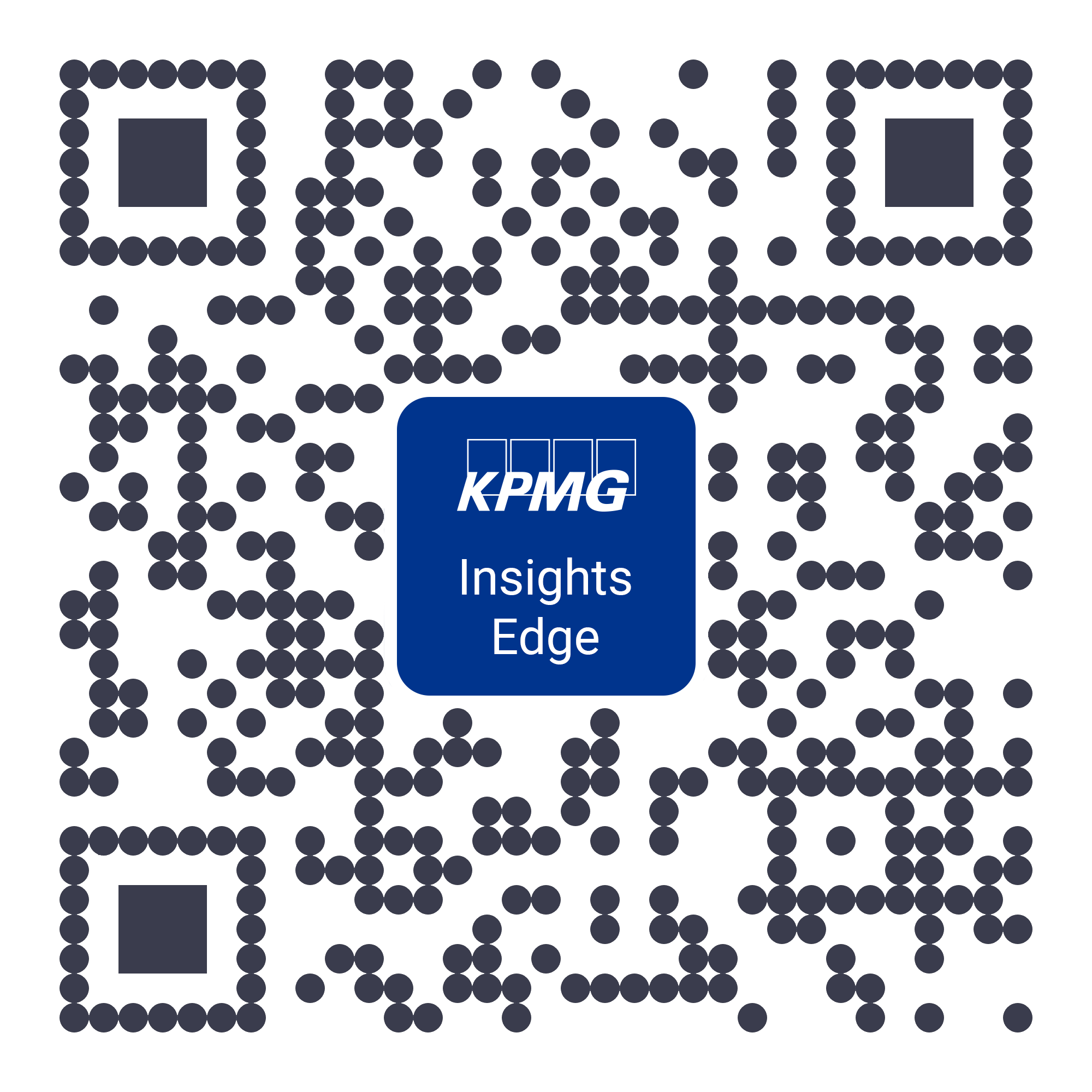Supply chains today face significant challenges, including fluctuating demand, supplier uncertainties, and increasing complexity in global logistics. Global disruptions, from geopolitical tensions to natural disasters, further add unpredictability. Supply chain leaders today face an array of challenges and the pressure to balance cost efficiency with sustainability, all while managing the complexities of global disruptions, volatile demand, and increasingly stringent regulatory requirements. Navigating these issues require adaptability and strategic foresight, pushing organisations to rethink their approaches and leverage new technologies. Data and analytics in supply chain – the ability to use data and leverage AI, Gen AI, and other advanced analytics techniques such as simulation and optimisation – is proving critical to overcoming these challenges by transforming data into actionable insights and driving innovation in an ever-evolving landscape.
Building robust data and analytics capabilities, however, presents several challenges. Burden of legacy applications, data silos, fragmented architectures, shortage of skilled talent, identification of right analytics use-cases, and unclear mapping of these use-cases to business objectives are just some of the many reasons that are limiting the supply chain leaders to deliver the impact that they envisage to. In-order-to match the heightened stakeholders’ expectations, supply chain leaders need to invest in and build certain supply chain data and analytics capabilities. These are:
- Supply chain data management
- Supply chain control tower
- Digital twin of supply chain
- AI enabled supply chain planning
- Gen AI in supply chain.






